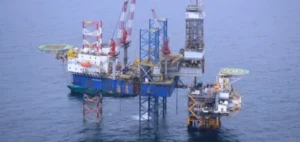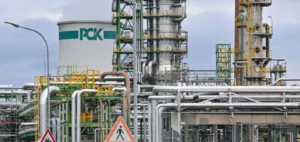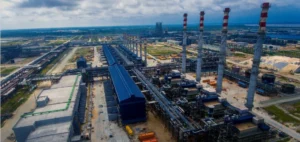Eni, the Italian operator, has received approval from Mexico’s National Hydrocarbons Commission (CNH) to drill an exploration well in the ultra-deep Cuenca Salina basin off Veracruz in the Gulf of Mexico.
Eni’s light oil production forecast in Mexico
Eni hopes to use the data obtained from this well, known as Tlazotli 1, to determine whether to develop the area. The Tlazotli 1 location looks promising, as other companies have already discovered oil in the vicinity, and Eni has identified seven prospects with different resource levels in the block.
The largest prospect, Tlazotli, is where Eni hopes to find about 470 million barrels of oil equivalent (boe) in a Miocene formation, mostly light oil. Eni will drill Tlazotli from May 28 to July 16, spending about $54 million. Eni has been one of the most successful drillers in Mexico since the country’s upstream operations were liberalized in late 2013. The company has eight upstream contracts in Mexico and operates seven of them.
Eni receives CNH approval to drill Tlazotli 1 well in the Gulf of Mexico
Eni’s success in Mexico has been highlighted by its recent discovery in Block 7, where the company has located approximately 200 million boe. Eni CEO Claudio Descalzi announced that the company is investing about $2.1 billion through 2026 in exploration activities around the world, hoping to find 2.2 billion boe, mostly gas, as the company tries to reduce methane emissions and gradually reduce its exposure to oil and focus on gas as a transition fuel.
In February, Eni produced 26,440 barrels per day (bpd) of crude oil and 22 million cubic feet per day (MMcf/d) of gas, according to CNH data. Mexico is the only pure oil asset in Eni’s portfolio.
Eni has obtained approval from Mexico’s CNH to drill the Tlazotli 1 well in the Gulf of Mexico, hoping to obtain data to develop the area. The company identifies seven prospects with different resource levels and plans to spend $54 million to drill Tlazotli. Eni is also investing in gas exploration to reduce methane emissions and plans to invest $2.1 billion by 2026 to find primarily gas around the world.






















